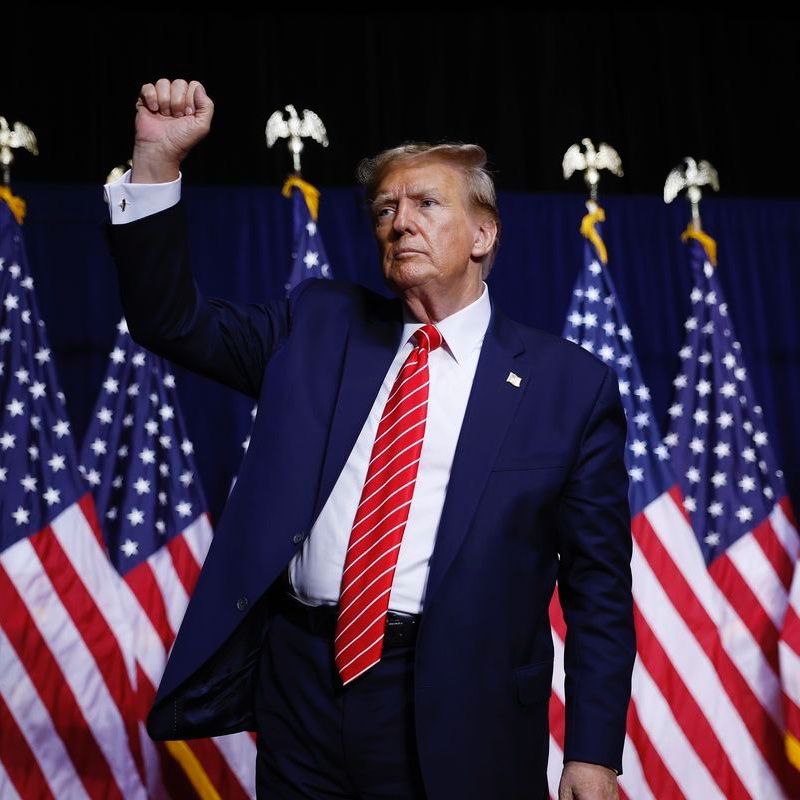
In a significant foreign policy shift, former President Donald Trump announced plans to initiate the withdrawal of American troops from northeast Syria. The decision aligns with Trump’s broader approach to reduce U.S. military involvement in the Middle East, a stance he emphasized during his presidency. This move is expected to impact the dynamics in Syria, where U.S. forces have been stationed to counter the influence of ISIS and provide support to Kurdish allies in the region.
Critics worry that the withdrawal could leave a vacuum in northeastern Syria, potentially empowering rival factions and external powers such as Turkey and Russia to exert greater influence. The Kurds, who have been key partners in the fight against ISIS, could face heightened security risks without American support, making their territories vulnerable to attacks. Analysts warn that these shifts may destabilize the region, which is still grappling with the lingering effects of civil war and foreign intervention.
The decision has stirred a strong reaction among U.S. lawmakers, who are concerned about the implications for American allies and the broader anti-ISIS strategy. While some officials support the withdrawal as a step toward minimizing U.S. foreign entanglements, others fear it may undercut regional stability and undo years of counterterrorism efforts. The Pentagon is now assessing how to manage the transition while addressing security gaps left by the departing troops.




